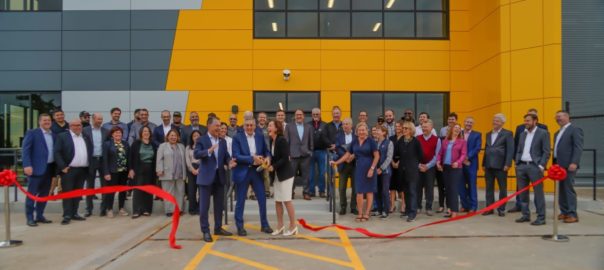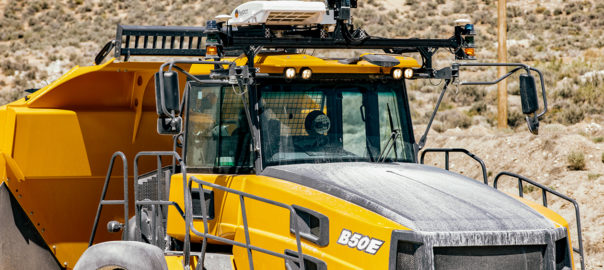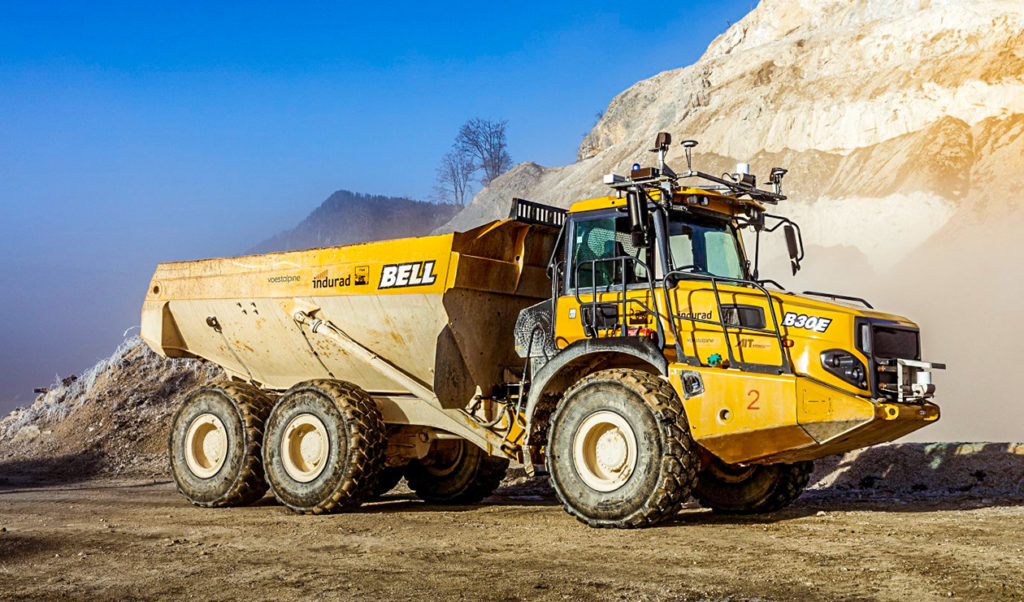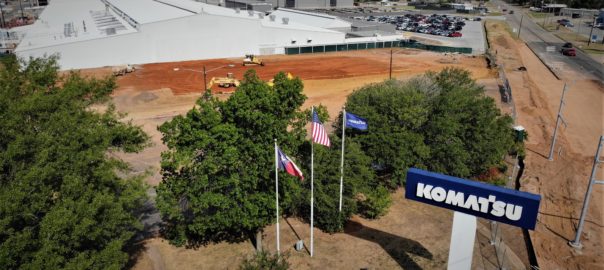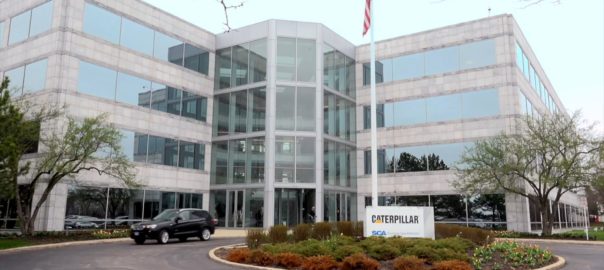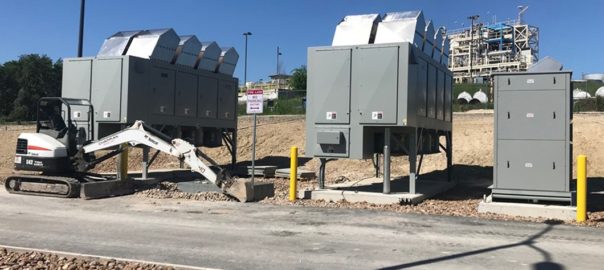Epiroc has inaugurated a new Surface Mining Automation Center (SMAC) in Garland, Texas, dedicated to advancing automation and electrification.
The opening marks a significant milestone in Epiroc’s commitment to driving technological innovations that transform the mining industry, it says.
The event coincided with a visit from Epiroc’s board of directors, highlighting the strategic importance of this center to Epiroc’s growth in mining automation.
The inauguration ceremony included a ribbon-cutting led by Epiroc’s Chairman of the Board, Ronnie Leten, joined by Epiroc President and CEO, Helena Hedblom, and José Manuel Sanchez, President of the Surface division. Together, they celebrated the opening of this centre, which will serve as a collaborative hub, bringing advanced automation solutions closer to customers and partners.
Sanchez said: “This facility is a crucial step in advancing automation and electrification. It allows us to bring our customers closer to our technology, enabling them to experience our solutions firsthand through live demonstrations.”
Building on the recent inauguration of another SMAC in Providence, Utah – dedicated to autonomous haulage solutions – the Garland facility focuses on innovations in automation and electrification, emphasising Epiroc’s commitment to sustainable mining. These centres represent Epiroc’s vision for a modernised, efficient and environmentally conscious mining landscape, it says.







